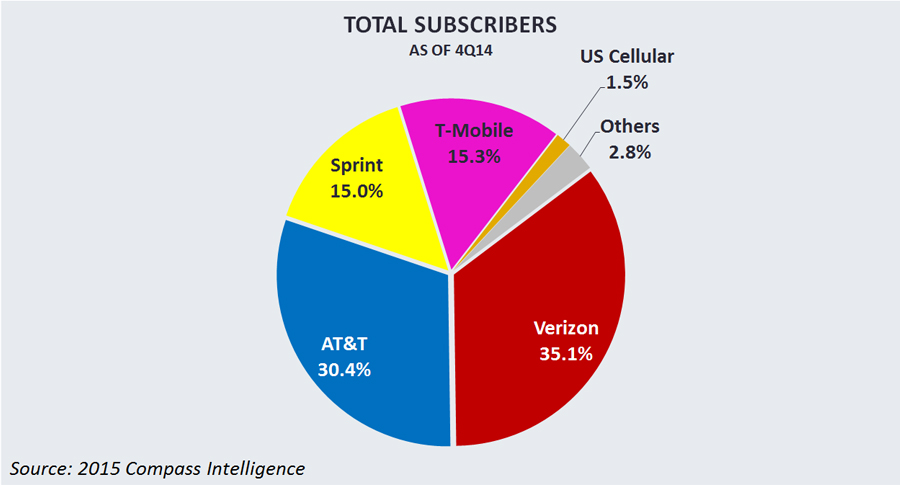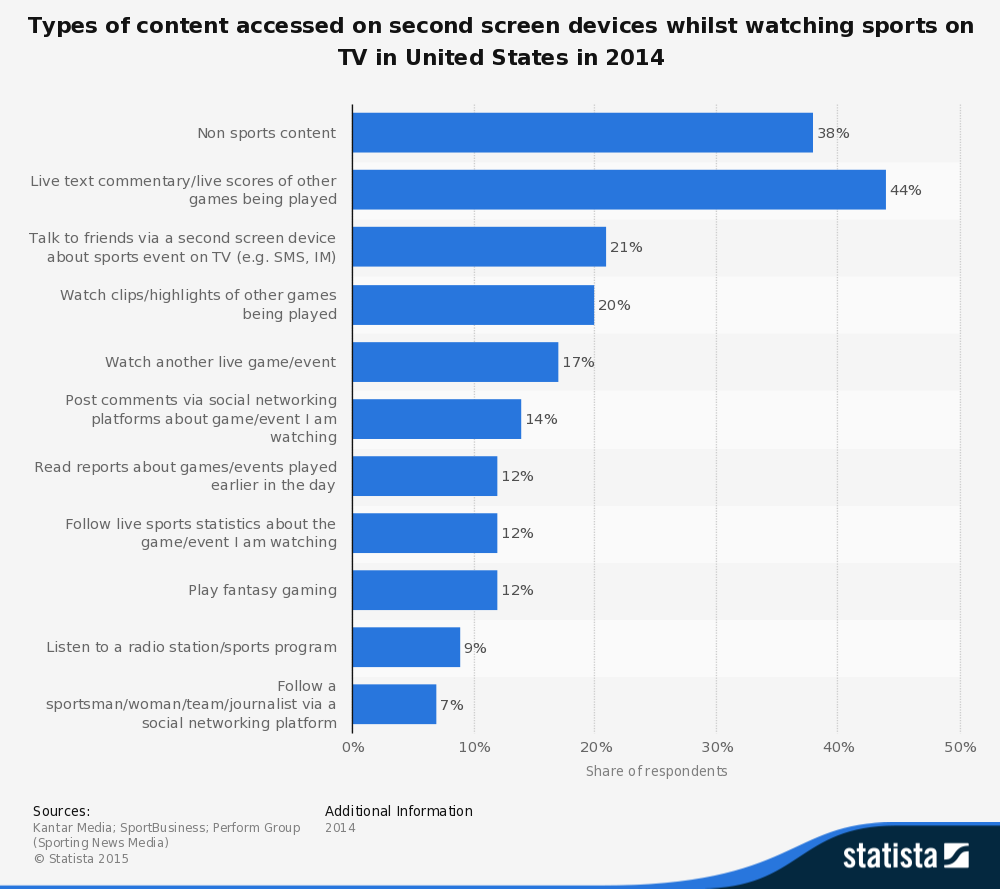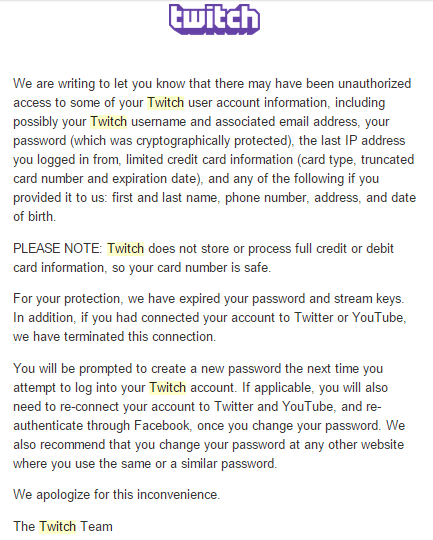Controlling The Narrative – The Players’ Tribune and Brady Aiken
When Brady Aiken announced last week that he underwent Tommy John surgery to repair the torn UCL in his left arm, he didn’t Tweet it, he didn’t Instagram it and his agent didn’t issue a press release. Rather, the 2014 first overall pick in baseball’s first-year player draft used The Players’ Tribune to publish a column in his voice and to get in front of the story. A strange story filled with little facts, a lot of conjecture and an ending which seemingly screams “I told you so.” It’s the ending that Aiken and his agent want to change. So they did, with the help of Derek Jeter’s digital baby.
Jeter created The Players’ Tribune as a platform for “athletes and newsmakers to share information” as he’s quoted in the About section. On Thursday, David Ortiz used the outlet to complain that he’s the most tested player in baseball for substance abuse. It created enough of a buzz that the New York Times printed an article about the inner workings of the website and how the Ortiz story came about. Read the story if you want to know the details, as it’s a great article. Spoiler alert – the athletes don’t write the story themselves. Also, Santa Claus is your parents.
My interest in this “digital venture” of Jeter’s, as the Times called it, is the idea of controlling the narrative. Michael Wolff succinctly summed up this idea for USA Today:
Among the most prevalent and up-to-date phrases in business, politics and savvy American life is “controlling the narrative.”
That is, telling it your way, before someone else gets to tell it — and possibly tell it better — their way. And getting the public to relate to you on a more intimate level: In a social-media world, being impersonal is being out of it.
And when it comes to the Tribune, an athlete can do all these things with the cleanest image of any super star athlete of any time standing behind him or her. For those athletes with questionable credibility, the hope is Jeter’s iconic integrity can muffle the distractions one brings to a story and allow the reader to really hear the athlete’s voice.
Richard Sandomir’s Times piece echoes the sentiment:
The roster of athletes (and former players) featured on the site is lengthy and has included Jason Collins, Danica Patrick, Billie Jean King, Paul Pierce, Larry Sanders, Tyson Chandler, Eric LeGrand, Elena Delle Donne, Chris Long, Andrew McCutchen and Sue Bird. The accumulated message is that athletes, with help from a website overseen by an image-conscious superstar, can freely tell their stories and share their views as if they were credentialed writers. If they ultimately cannot bypass the ravenous news media in locker rooms or the digital hordes of social media, at least they can better set their own agenda.
When I first read that Aiken posted the news at the Tribune I rolled my eyes. Well, first, my story-idea radar perked up, but then I rolled my eyes.
Maybe I’m just being cynical. But how could this in any way keep the media and fans from slapping Jeff Luhnow and the Houston Astros on the back after Aiken and the Astros couldn’t agree to terms because the Astros feared the risk of Aiken’s almost UCL-less (or almost) elbow? Ludnow was crucified and the Astros public perception trampled after the general manager fumbled negotiations and ultimately lost fifth-round pick Jacob Nix as well. As Houston Chronicle reporter Evan Drellich, who has superbly covered the saga, tweeted last week “what Brady Aiken wrote should be taken as a press release.”
To my surprise, it’s kind of worked.
Know this – Aiken’s agent is Casey Close, the same as Jeter’s. Close constantly used the media to try and gain leverage over the Astros during negotiations last summer. Close voicerfously banged the “My client isn’t injured” drum, painted Ludnow as the villain and once the signing deadline expired, appeared to have won the public relations war.
Close recognized that any elbow injury to Aiken would erase everything. Ludnow and the Astros would come out as smart, right and justified. And Close would take the blame as to why Aiken didn’t sign a $5 million offer on the final day of negotiations (down from the $6.5 million initial offer, but up from the $3.1 million low-ball offer), missed a year of pitching development and a probable first-round slide in June’s 2015 draft.
So Close reaches out to his best client ever, Jeter, secures space for Aiken to break the news, and does it his way. Frank Sinatra surely would be proud.
Since last summer, a lot of people have wondered how I could have turned down a multi-million-dollar signing bonus after being picked first in the Draft. Now, I know they’ll probably be wondering about it again. I can honestly say I don’t regret not signing. It was a very difficult decision, but it also was an informed decision based on circumstances only a few people know the truth about. My family and I planned for all the possible outcomes. We weighed the pros and cons, talked with friends and mentors and doctors whose opinions we value and discussed it over a number of family dinners. This wasn’t a decision we made lightly.
Brady Aiken, The Players’ Tribune, March 26, 2015
Close and Aikens attempt to tackle the pending issues head on. First, they spell out why they don’t regret the decision not to sign. And in doing so, they jab the Astros with a quick left to the jaw. “The money wasn’t the only factor to consider,” Aiken wrote. “I wanted to play somewhere I felt comfortable, with a support system I felt would lay the groundwork for a successful and long career. Making sure I had that in place was worth the frustration of not being able to get on with my career sooner.”
Second, the Aiken camp has solely focused on preparing for the 2015 draft. Aiken said he was throwing harder and better, his workouts were his best and he was looking towards the future. The message is that Aiken was ready to be another top five pick in the draft. In fact, he may be a better pitcher than a year ago, despite not playing competitively.
And his final point, he’s just a human being. Just like the fans. He’s hit an obstacle, he’s going to work hard, and God willing, he’ll come out on top.
I already have a plan in place to rehab my arm, and I plan to come back better than ever. I also know God has a plan for me. Injuries are part of the job, but so is coming back. I can’t wait to get back on the mound. I can’t wait to compete again.
And to my surprise, this whole thing kind of worked. Unless I missed it, Houston hasn’t thrown the Astros and Luhnow a parade (which I would’ve done if I was in the GM’s seat). Astros blog The Crawfish Boxes chronicled tweets from media following the news. Drellich wrote the most pro-Astros tweet when he said there wasn’t any doubt that this validates the Astros concern. But then a day later he penned this lede: “If you think Brady Aiken’s Tommy John surgery proves the Astros right about the unsigned draft pick, you’re wrong.” Jim Callis of mlb.com took a more even, rational approach. This does add some credibility back to Luhnow, but no one “won” this.
To each side’s credit, since the Aiken story was published, Close and Luhnow have remained quiet. It’s the smart thing to do, to avoid us hating either one of them more. In the end, this is a story about a gifted teenager caught up in the middle of finances and an ugly negotiation played in the media who has suffered a setback and can’t fulfill his dream of pitching professionally for 16 more months. Aiken isn’t an asset, he’s a young man with a family, dreams and a face – not just a high-priced arm. And had Drellich or Ken Rosenthal or any other baseball reporter broke this story, I think this aspect of the story would’ve been lost.
Players and agents can’t control the media. How boring would that be? SO MANY CLICHES! And just because a player gets in front of their story, doesn’t mean everything is peaches. The media digs, it follows up and it talks to other people in the story, whereas the athlete is giving his or her view. And a good reporter can crush a poorly-handled article “written” by a player, thrashing the credibility they were hoping to gain.
But in this instance, it’s helped. The Players’ Tribune allowed us all to listen to Aiken’s voice first. He set the tone. And unless Close or Luhnow speak up to add to it, this is what the story is. While it may not be the exact ending Aiken and Close hoped for, it’s certainly far better than the one I envisioned — the one where Luhnow wakes up the next morning in a Houston mansion naked in a bath of champagne, monkeys smoking cigars and a “I told you so” tattoo on his bum.





